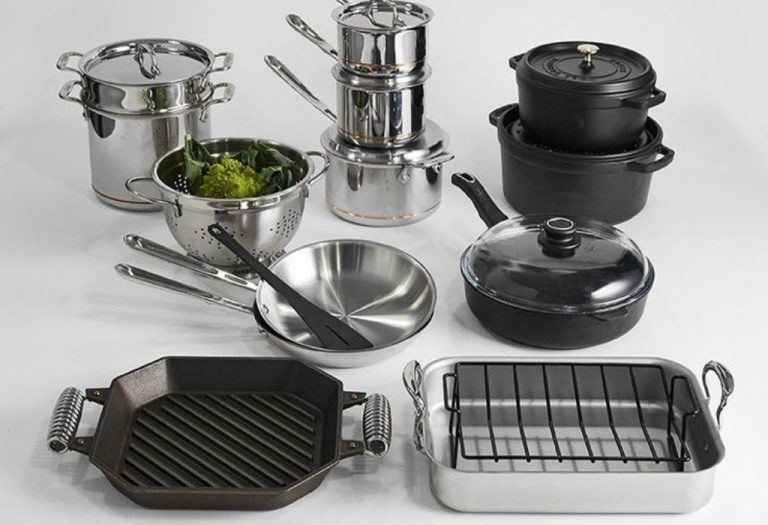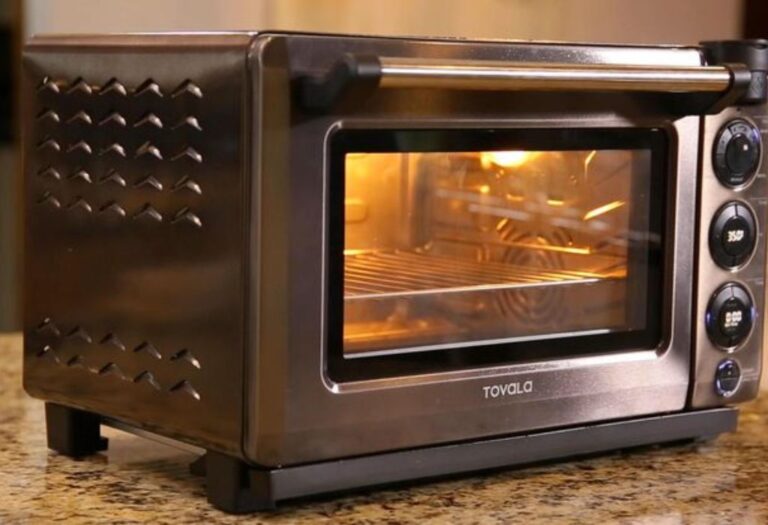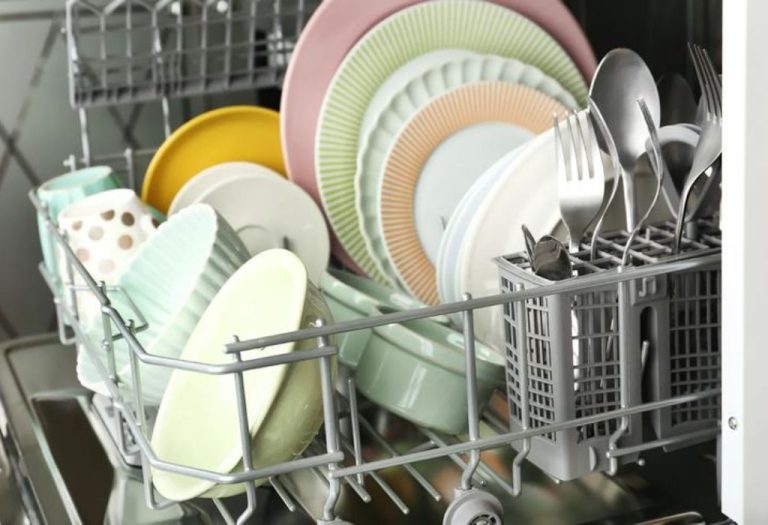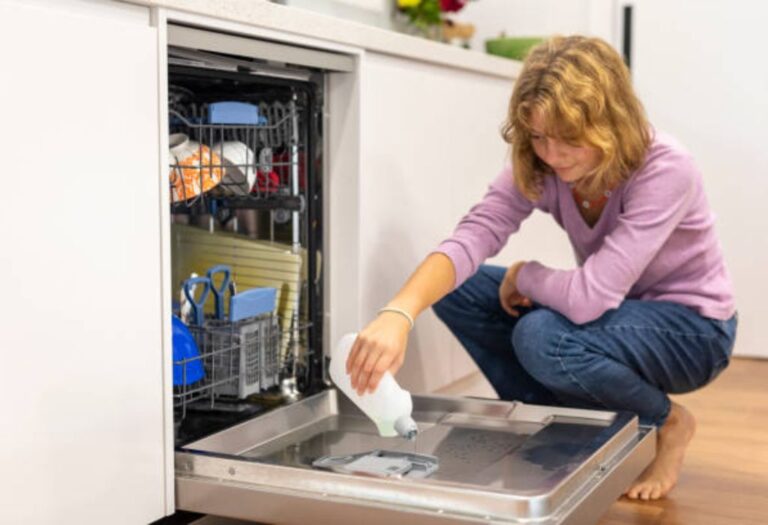A spotless glass top stove can transform a kitchen into a modern centerpiece. Its smooth surface reflects elegance, but it also hides a fragile reality that many home cooks underestimate.
The growing popularity of ceramic cookware has raised a pressing question: can you use ceramic cookware on glass top stoves without causing damage? At first glance, the pairing seems harmless, yet stories of scratches, cracks, and shattered stovetops create uncertainty.
The problem lies in the delicate balance between cookware weight, heat distribution, and the vulnerability of glass surfaces. A simple mistake, such as sliding a heavy ceramic pan, can leave permanent marks or even fracture the surface.
Curiosity deepens when considering thermal shock. Ceramic materials are prone to cracking if exposed to rapid temperature changes, a risk that extends not only to the pan but also to the glass stove beneath it.
Statistics highlight why caution matters. According to GE Appliances, manufacturers often list ceramic and glass cookware among items not recommended for glass cooktops because of scratching and heat risks (source). Similarly, Misen reports that thermal shock is one of the most common causes of cookware and cooktop damage when incompatible pans are used (source).
The benefit of clarity is significant. By understanding how ceramic interacts with glass stoves, home cooks can prevent costly damage and extend the life of both cookware and appliances.
Understanding Your Glass Top Stove & Ceramic Cookware
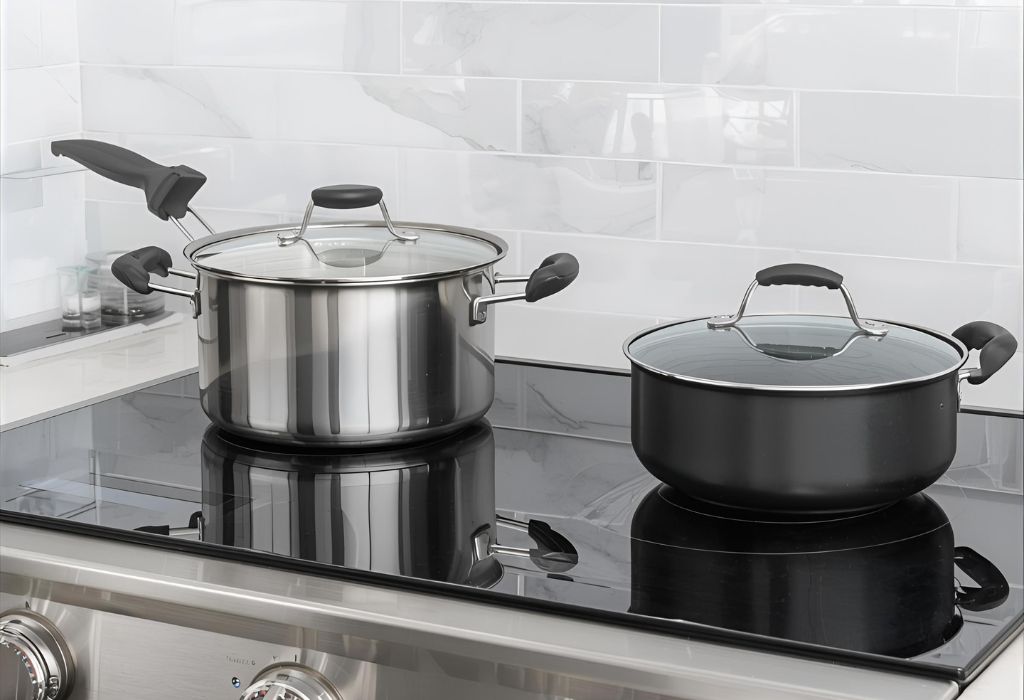
Glass top stoves are designed to combine efficiency with elegance, offering a flat cooking surface that blends seamlessly into modern kitchens. Beneath the polished look, these stoves rely on glass-ceramic materials that are both heat resistant and delicate.
Two main types dominate the market: radiant glass cooktops and induction glass cooktops. Radiant models use electric coils beneath the glass surface, while induction versions rely on electromagnetic fields to generate heat directly in the cookware.
Both types share a vulnerability to scratches, chips, and sudden impacts. Even though the material is engineered to endure high heat, it does not handle pressure or abrasion well.
Ceramic cookware, on the other hand, comes in several forms. Pure ceramic is made entirely from clay and fired at extreme temperatures, while ceramic-coated cookware refers to metal pans with a ceramic-based non-stick surface.
Each type of ceramic cookware interacts differently with glass top stoves. Pure ceramic tends to be heavier and more brittle, while ceramic-coated pans are lighter but often feature rougher bases that may scratch delicate glass.
The smoothness of the cookware base is a critical factor in safety. Flat, polished bottoms distribute heat evenly and reduce friction, while textured or glazed surfaces increase the chance of permanent damage.
Manufacturer guidelines consistently emphasize the importance of cookware choice. Many advise against using glass or ceramic on smooth cooktops because of risks such as uneven heating, surface scratches, and thermal shock.
Risks of Using Ceramic Cookware on Glass Top Stoves
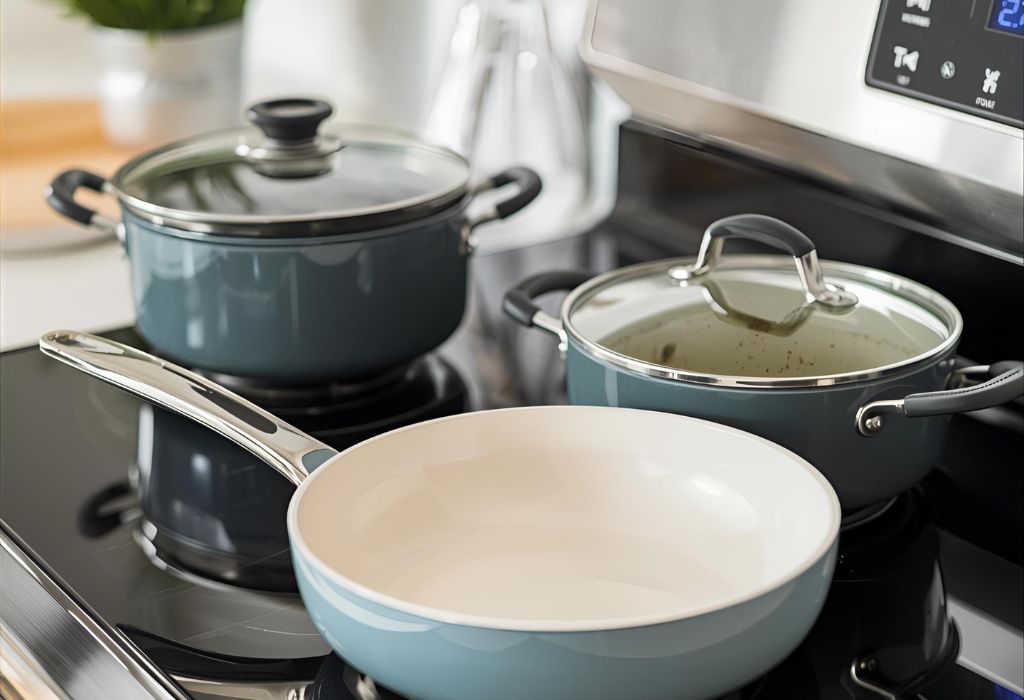
The combination of ceramic cookware and glass top stoves carries risks that are often overlooked in day-to-day cooking. While the two materials appear compatible on the surface, their properties can clash in ways that damage both cookware and appliance.
One of the greatest dangers is scratching. Ceramic cookware, especially if it has a rough or unpolished bottom, can leave visible marks on the glass surface when slid or dragged across the cooktop.
These scratches not only ruin the stove’s appearance but also weaken the glass. Over time, weakened areas become more vulnerable to cracking or shattering under heat and pressure.
Thermal shock presents another hidden hazard. Ceramic materials are prone to cracking when exposed to rapid temperature changes, and sudden expansion or contraction can also strain the fragile glass beneath.
Weight is an additional factor to consider. Many ceramic pots are heavier than stainless steel or aluminum alternatives, and placing this weight on a brittle glass surface increases the risk of fractures.
Manufacturers like GE Appliances caution against the use of ceramic cookware on glass cooktops for these reasons, stressing that even a small mistake can lead to costly repairs (source).
Reports from cookware experts further highlight the issue. Misen notes that thermal shock combined with cookware weight accounts for a significant share of glass top stove damage in households (source).
These risks reveal why caution is essential when pairing ceramic cookware with glass stoves. Without careful handling and awareness, the convenience of ceramic can quickly become an expensive liability.
When, Why, & How Ceramic Cookware Might Pass
Despite the risks, there are circumstances where ceramic cookware can be used on glass top stoves with care. Success depends on the type of ceramic, the quality of the cookware base, and the cooking practices followed.
Lightweight ceramic-coated pans with smooth, flat bottoms are less likely to cause scratches. Their design allows even heat transfer while reducing friction on the glass surface.
Pure ceramic cookware, while heavier and more brittle, can sometimes be used safely if handled gently. Lifting instead of sliding and avoiding sudden temperature changes are key precautions.
The type of glass top stove also matters. Radiant cooktops are slightly more forgiving, while induction cooktops are more restrictive since most ceramic cookware lacks the magnetic base needed for induction heating (source).
Heat control is another factor. Ceramic cookware should never be exposed to extreme temperature changes, as both the pan and the glass surface are vulnerable to thermal shock.
Manufacturers sometimes acknowledge that smooth-bottom ceramic-coated pans may be used if they are carefully handled. However, they consistently warn against rough, textured, or heavy ceramics that place stress on the stove surface (source).
Daily use increases risks, since repeated heating cycles and small scratches accumulate over time. Even if no damage appears initially, the long-term effects can shorten the lifespan of both cookware and stove.
Ceramic cookware might pass on a glass top stove under strict conditions, but this does not make it the ideal pairing. Safety depends less on marketing claims and more on cautious, consistent cooking habits.
Best Cookware Options for Glass Top Stoves
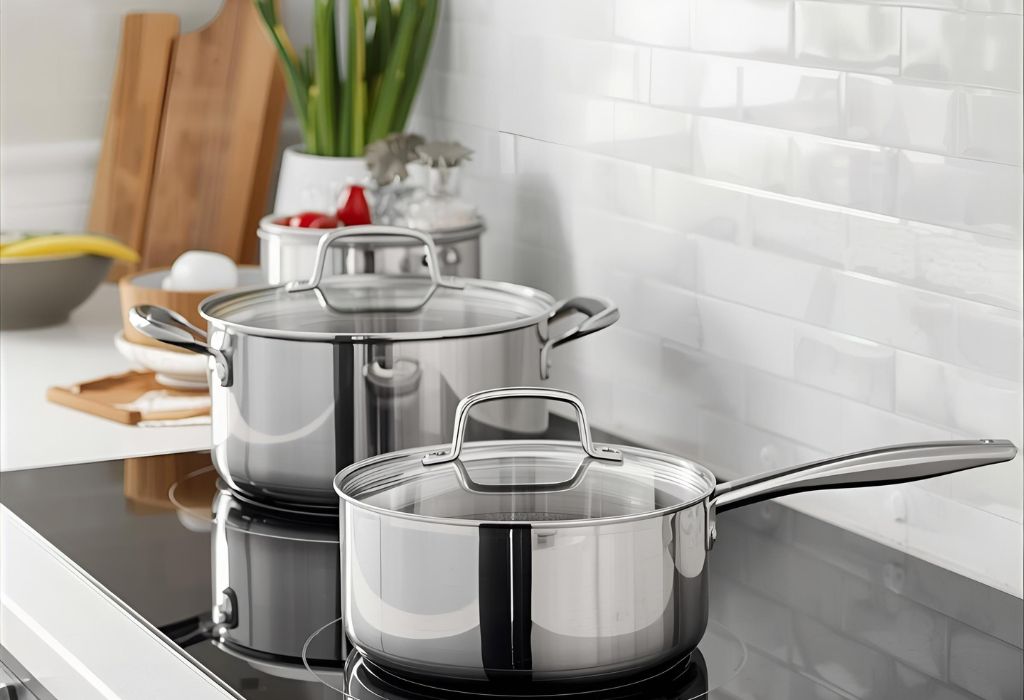
While ceramic cookware can sometimes be used with care, other materials are far better suited for glass top stoves. These alternatives combine durability, safety, and consistent cooking performance without putting the surface at risk.
Stainless steel is widely considered the best option. Its smooth base, even heat distribution, and lightweight construction make it safe for delicate glass cooktops (source).
Carbon steel is another excellent choice. When manufactured with a flat, polished base, it provides rapid heating and durability while reducing the risk of scratches.
Heavy-gauge aluminum cookware with smooth bottoms is also safe for glass surfaces. Unlike ceramic, aluminum is lightweight and less brittle, offering steady heat transfer without excessive weight.
Cast iron and stoneware, on the other hand, are typically discouraged. Their rough, heavy bases can scratch or crack the cooktop and are often too bulky for fragile glass designs (source).
Induction cooktops add another layer of complexity. Only cookware with a magnetic base will function, which excludes most ceramics unless specifically designed with induction-ready cores (source).
Base design is just as important as material choice. Wide, flat, and smooth bottoms ensure stable contact with the glass surface, preventing hot spots and minimizing surface damage.
The safest cookware for glass top stoves balances performance with protection. Choosing materials like stainless steel, carbon steel, or induction-ready aluminum offers peace of mind and reduces long-term maintenance costs.
Care Techniques to Protect Glass Top When Using Any Cookware
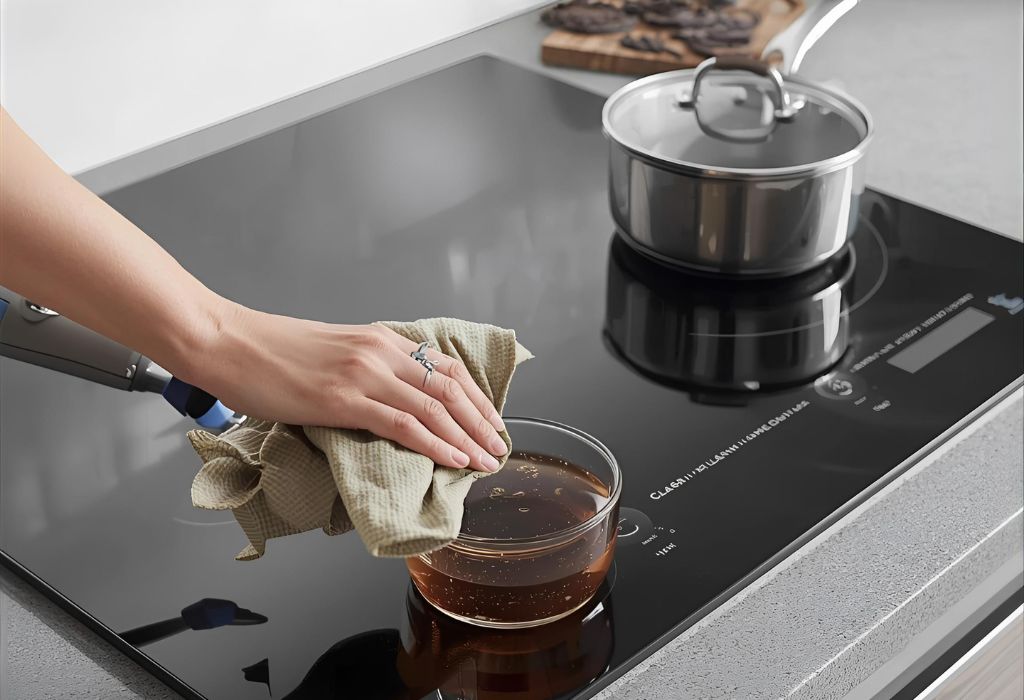
Even the best cookware can cause problems if a glass top stove is not cared for properly. Protective habits can make the difference between years of reliable use and costly repairs.
The first rule is to lift cookware instead of sliding it. Sliding pans, whether ceramic, stainless steel, or aluminum, can leave scratches that permanently scar the surface (source).
Cookware bottoms should be kept spotless. Food debris, oil residue, or rough patches can drag against the glass and increase friction during cooking.
Cleaning the cooktop itself is just as important. Non-abrasive cleaners designed for glass surfaces prevent buildup while avoiding scratches caused by harsh pads or powders (source).
Heat control also plays a role in protecting both cookware and stove. Allow pans to cool before rinsing or cleaning, since sudden temperature changes may cause thermal shock.
Storage habits help extend the life of cookware and the stove. Using protective pan dividers or silicone mats prevents heavy pans from resting directly on the fragile surface.
Sugary spills should be cleaned immediately. Once hardened, sugar can bond to glass at high temperatures and leave permanent damage that even professional cleaning cannot fix.
A combination of mindful cooking and consistent cleaning builds long-term protection. By handling cookware carefully and maintaining the cooktop correctly, households can keep glass stoves looking polished and functioning efficiently.
Future Trends & Smart Choices
The future of cookware and stove design is moving toward safer, smarter, and more transparent solutions. As kitchens evolve, both manufacturers and consumers are focusing on ways to protect delicate glass top stoves without sacrificing cooking performance.
One key trend is the development of glass-safe cookware labels. More companies are beginning to mark pans as compatible with glass or induction cooktops, making selection easier for buyers seeking reassurance.
Material science is also advancing. New alloys and hybrid bases are being engineered to combine lightweight durability with smoother finishes that reduce the risk of scratching.
Technology plays an increasing role in kitchen safety. Modern glass cooktops are incorporating sensors that detect cookware weight and distribution, alerting users if the load is too heavy or uneven for safe operation.
Induction cooktops represent another area of growth. Their precise electromagnetic heating reduces overheating risks, and more cookware brands are adapting ceramic-coated pans with induction-ready bases (source).
Consumer awareness is shaping the market as well. Shoppers are demanding transparency around materials, base designs, and safety testing, forcing brands to provide clearer information on product packaging.
These developments suggest that the debate around can you use ceramic cookware on glass top stoves will not disappear but may soon be met with more practical solutions. Innovation and regulation are aligning to give home cooks better tools for protecting their stoves and ensuring long-term performance.
Making smart choices today involves balancing tradition with innovation. By staying informed and selecting cookware built with glass cooktops in mind, households can embrace both safety and convenience in the future kitchen.
Conclusion
The question can you use ceramic cookware on glass top stoves does not have a simple answer. While it is possible under cautious conditions, the risks of scratching, cracking, and thermal shock make ceramic cookware less than ideal for these delicate surfaces.
Evidence from manufacturers and kitchen experts highlights that ceramic cookware often poses more challenges than benefits. Heavy weight, uneven bases, and brittleness create long-term risks that can shorten the life of both cookware and stove.
Safer alternatives exist and often perform better. Stainless steel, carbon steel, and smooth aluminum are widely recommended for glass cooktops, combining even heat distribution with durability and protection.
Care techniques also play a vital role in extending the lifespan of glass top stoves. Simple habits like lifting instead of sliding pans, cleaning regularly, and managing heat carefully can prevent the most common causes of damage.
Ultimately, the choice comes down to balancing convenience with safety. By selecting the right cookware and following protective practices, households can enjoy the sleek appeal of glass stoves without costly mishaps.
I’m Emma J. Caldwell, the founder, lead writer, and home-cooking enthusiast behind KitchenGuideCo.com. With a background in culinary arts and over a decade of cooking experience in both professional and personal kitchens, I created this platform to demystify recipes, offer smart kitchen gadget reviews, and guide readers through meal prep with confidence and clarity.


